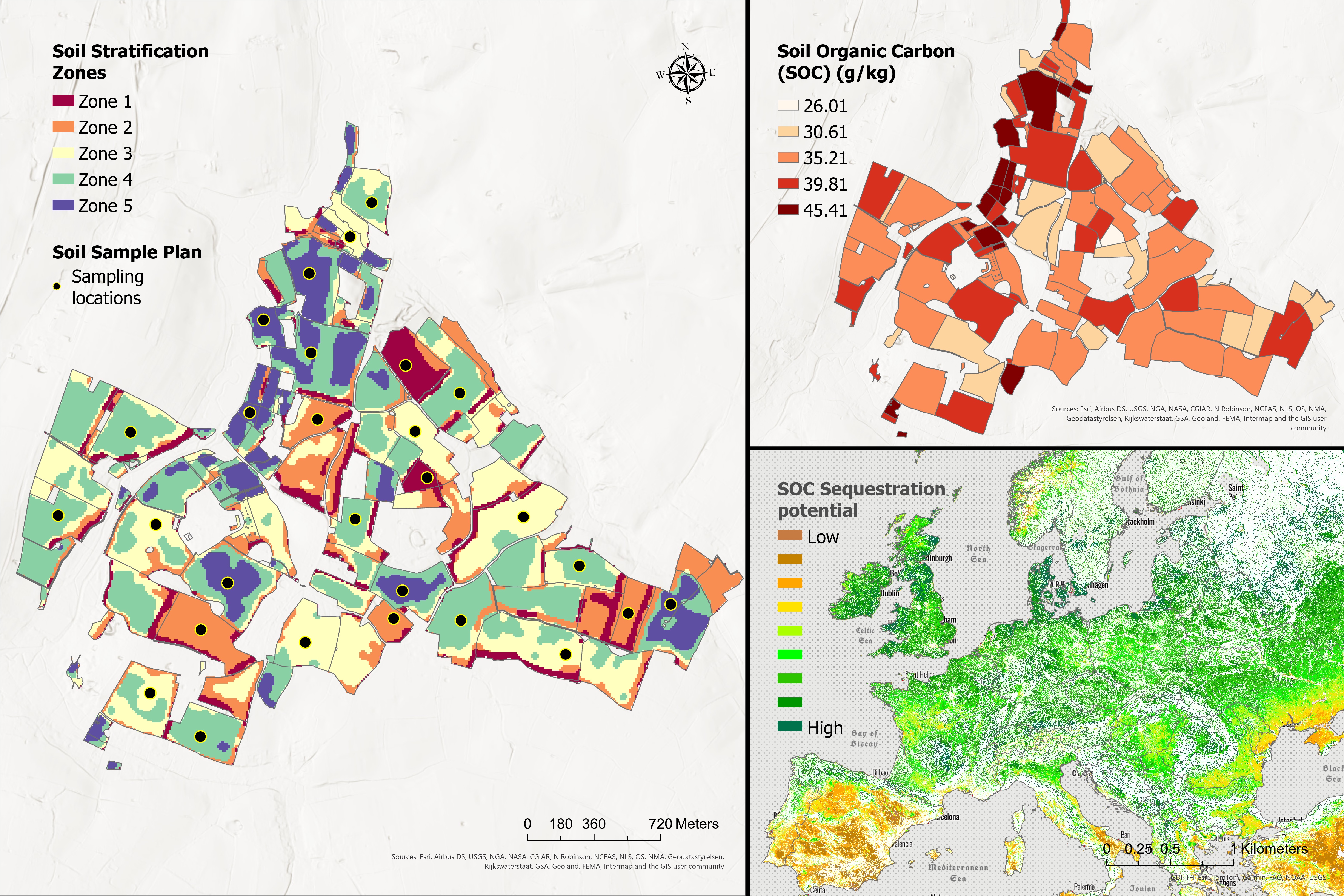 Industrial agricultural practices have caused the world’s soils to lose 116 billion tons of Soil Organic Carbon (SOC), reducing the fertility of soils and contributing to global warming. Carbon farming – a subset of regenerative agriculture – aims to counter this by sequestering CO2 in the soil and in vegetation, while also generating carbon credits that provide additional revenue per hectare for farmers. Tapping into this growing market, German company Spacenus developed the scalable, protocol-compliant satellite-based MRV solution (SatMRV) with the support of the ESA Business Space Solutions (BASS) programme.
Industrial agricultural practices have caused the world’s soils to lose 116 billion tons of Soil Organic Carbon (SOC), reducing the fertility of soils and contributing to global warming. Carbon farming – a subset of regenerative agriculture – aims to counter this by sequestering CO2 in the soil and in vegetation, while also generating carbon credits that provide additional revenue per hectare for farmers. Tapping into this growing market, German company Spacenus developed the scalable, protocol-compliant satellite-based MRV solution (SatMRV) with the support of the ESA Business Space Solutions (BASS) programme.
The SatMRV service addresses a critical market need for accurate and affordable SOC mapping, essential for carbon credit generation, achieving Scope 3 emission reduction goals for food companies, and for supporting regenerative agriculture practices. Currently, the traditional way to confidently assess SOC stock change over time is to take a large number of soil samples periodically. The high costs and complexity of the process increase carbon credit generation costs for project developers and make it harder for farmers to participate in carbon farming projects – despite the global carbon credit market growing at pace, with estimates suggesting it could be worth up to US$40 billion by 2030.
Using satellite data together with machine-learning and soil samples, the SatMRV service aims to maximise revenue from sequestered SOC by reducing soil sampling costs by:
- minimising the number of soil samples required, significantly lowering the costs
- improving the accuracy and spatial resolution of SOC maps
- ensuring alignment with major carbon certification protocols
- delivering low margins of error to increase confidence in reported outcomes
- offering a scalable, globally adaptable solution for diverse agricultural systems
Spacenus CEO Riazuddin Kawsar explained: “What is currently available for carbon projects is high cost and complex – and not scalable. Working with ESA BASS has been invaluable in helping us develop and pilot a solution that changes that by integrating satellite data, AI and digital workflows, and offers low-cost SOC mapping at scale.”
“With SatMRV a 100-hectare field can be processed in less than a minute, and on average we need one sample per 16 hectares, which is half the samples compared to what carbon projects currently usually collect.”
The reduced costs make carbon farming more financially attractive for farmers.
“We find the per hectare MRV cost is less than 5% of the credit earning. So, there is a good business case for voluntary carbon market to generate carbon credits,” Mr Kawsar said.
Another important element that gives SatMRV a competitive edge is its compliance with carbon protocols around the world.
Mr Kawsar said: “It is so important not just to measure but also to be protocol-compliant, so that the measurements can be used for carbon credits and Scope 3 emission projects.”
The key user and customer groups to benefit from the new service are:
- Farmers: easy-to-use platform to share and manage data on their farms for the duration of the carbon farming project.
- Consultants: easy-to-use platform to help them manage multiple farms and monitor operations during the duration of the carbon farming project.
- Regenerative / carbon farming companies: these companies generate carbon credits based on the amount of carbon that is being sequestered and pays the farmers for it. This is a cost-effective solution for them to measure SOC stock and validate its changes over time.
- Food companies and retailing: they need reliable carbon credit generation to decarbonise their supply chains to achieve Scope 3 reductions in and compliance with the EU’s CSRD regulations.
With the support of the ESA BASS programme, the SatMRV service carried out nine pilots worldwide, successfully testing and validating the value and usability of the technical aspects of the service and its outputs, and resulted in commercial success with 67% of the free pilots requesting paid engagement.
Beatrice Barresi, Senior Sustainable Applications Officer at ESA, said: “This has been a great project, which clearly shows the huge positive difference satellite data can make when applied to challenges here on Earth. We are excited to see how SatMRV will continue to boost the carbon credit market and to develop and grow from here, applying learnings from the pilot projects.”



